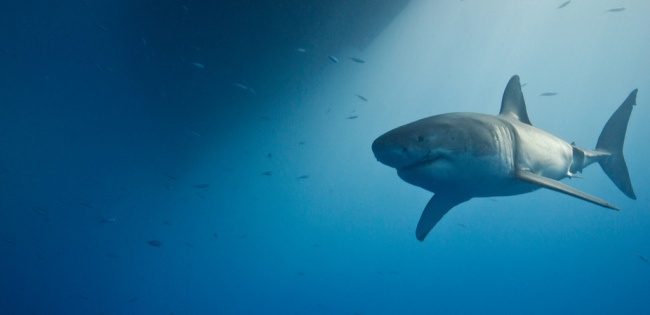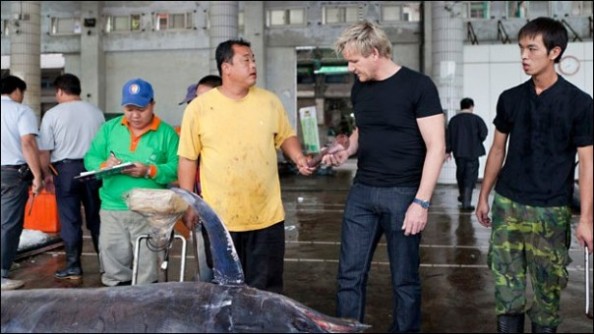
Many charities, organisations and even celebrities are all now on the save the sharks bandwagon, which is fantastic. Finally people are starting to get the real facts in regards to these magnificent and highly misunderstood creatures. I have personally been asked many times why it is that of all the creatures to fall in love with on the planet, I chose a man eater. Well my response to such a question would be that any animal be that carnivore or herbivore has the potential to attack. As I mentioned in an earlier post regarding shark finning, creatures such as lions are viewed as what they are, which is a wild animal, beautiful but also deadly, when a shark is mentioned the deadly part is always mentioned first. I myself also struggle to convince even some members of my own family regarding the sharks true nature, Im not sure what it is or how many programmes they watch but some people just can’t get past the cold blooded killer stereotype.
Despite vast negativity towards sharks I believe there are now groups and individuals more passionate and determined than ever to protect this vulnerable and vital species weather this be large organisations or members of the public creating their own projects.
Gordon Ramsey
Shark Bait

While many celebrities are active members of shark conservation groups, some have gone the extra mile in reporting the horrific underworld of over fishing. Celebrity chefs such as Hugh Fearnley-Whittingstall created campaigns such as the “Fish Fight” which highlighted serious laws in EU catch regulations, meaning at least 50% of all catch caught would be thrown back, dead, into the Sea, leaving massive waste. In 2010 EU laws where changed to disallow this discard and the campaign brought massive change in regards to how the UK consumes fish, from buying sustainable to experimenting with the species of fish consumed.
2011 saw British celebrity chef Gordon Ramsey look into the barbaric trade and consumption of shark fins, consumed as part of a Chinese soup. For those unaware of the statistics only 5% of the shark is used, with its entire carcass thrown back overboard, often alive. Criticised for trying shark fin soup for himself, Gordon reported that it was tasteless and that its high demand from high-end restaurants to local street vendors was alarmingly worrying. 
Shark fishing is not confined to the waters around China however and buisness is also found in Costa Rica, South America. Reports have also shown that South American waters are now rapidly overfished due to the destructive fishing techniques of shark finning.
It is without doubt the worst case of animal cruelty that I have ever seen. – Gordon Ramsey
Due to no international ban on finning sharks out at sea, legislations have been put in place whereby Costa Rican fisherman must bring the whole shark body back before beginning the finning process. This, however, has resulted in one of the biggest shark finning industries outside China with local business men such as Inversiones Cruz setting up huge private facilities, inaccessible to the public, allowing them to land over 30 tonnes of fins alone (2003).
Ramsey concludes in bringing together key members of the Chinese community in the hope of changing shark fin consumption. Overall the community of restaurant owners and critics shown the documentary stated that they would take shark fins off their menu. Although only a small number present at the meeting, real change starts within the community itself and as of 2014 real change can now be seen within the Chinese community with fewer restaurants serving the dish and more consumers aware of the issues and problems surrounding shark finning and conservation.






